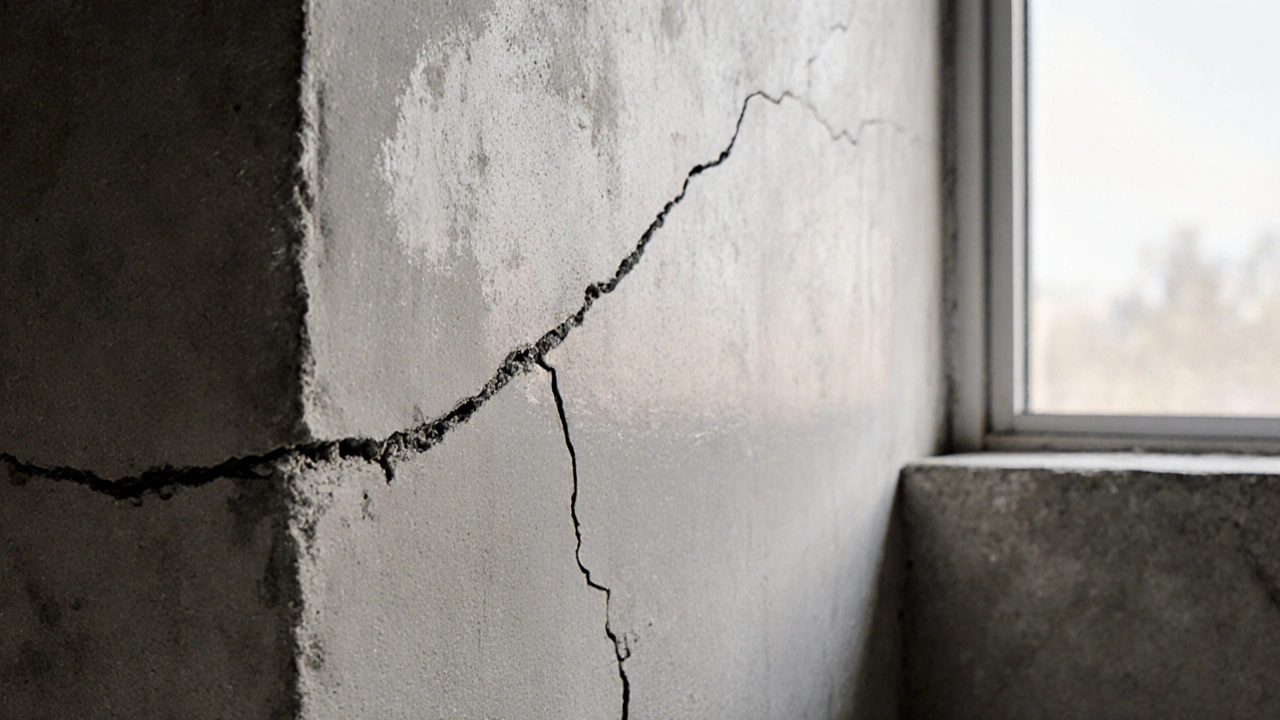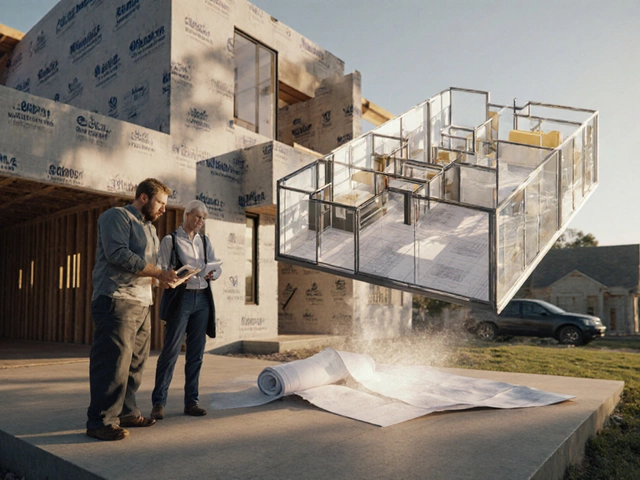Foundation Crack Size: What You Need to Know About Repair and Risk
When you spot a foundation crack, a visible break in the concrete or masonry that supports your home’s structure. Also known as structural crack, it’s not just a cosmetic issue—it’s a warning sign that something’s shifting under your feet. The foundation crack size matters more than you think. A hairline crack under 1/16 inch might be normal settling. But anything wider than 1/8 inch? That’s when you start asking real questions about safety, cost, and long-term damage.
Not all cracks are created equal. A horizontal foundation crack, a crack that runs sideways across a wall, often near the bottom. Also known as lateral crack, it’s a red flag because it usually means soil pressure is pushing inward. That’s not just wear and tear—it’s structural stress. Then there’s the foundation damage, the broader term for any structural compromise caused by water, soil movement, or poor construction. Also known as structural foundation issue, it includes bowing walls, uneven floors, and doors that won’t close. These aren’t isolated problems—they’re linked. A crack’s size tells you how far the damage has gone. A 1/4 inch crack? That’s often the point where DIY fixes stop working and professional help becomes necessary.
What you see on the surface is just the tip. Behind every crack is a story: poor drainage, clay soil swelling after rain, or a foundation built too shallow. Older homes are especially vulnerable—settling over decades turns small gaps into serious risks. And if you’ve got a horizontal crack wider than a penny? That’s not something you tape over and ignore. Carbon fiber straps, steel beams, or wall anchors might be needed. But even those won’t fix the root cause. You’ve got to address the water, the soil, the pressure. That’s why repair costs can jump from $1,500 to $15,000+. It’s not just about patching—it’s about stopping the problem before it gets worse.
Below, you’ll find real-world guides on spotting dangerous cracks, understanding repair options, and knowing when to call a pro. No fluff. No guesswork. Just what works—and what doesn’t—when your home’s foundation is on the line.
What Size Crack in a Foundation Is Actually Safe to Ignore?
Not all foundation cracks are dangerous. Learn what size crack is acceptable, when to worry, and how to prevent costly repairs in Vancouver homes. Get clear guidelines based on real inspections and local conditions.
full article




